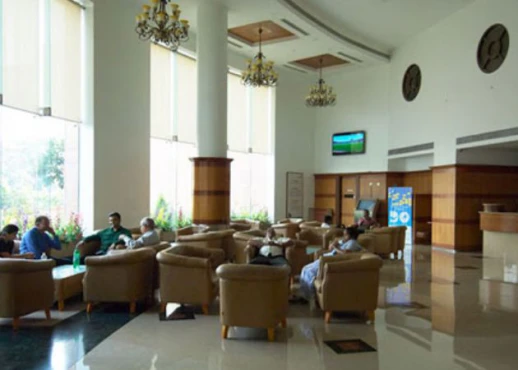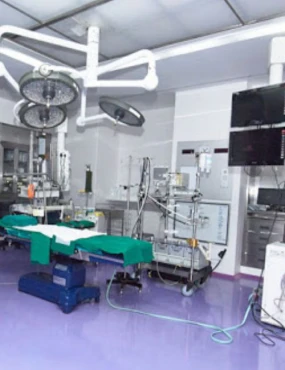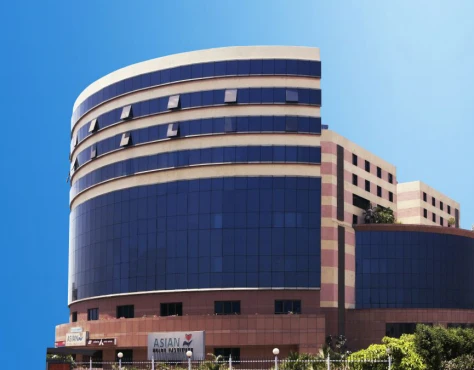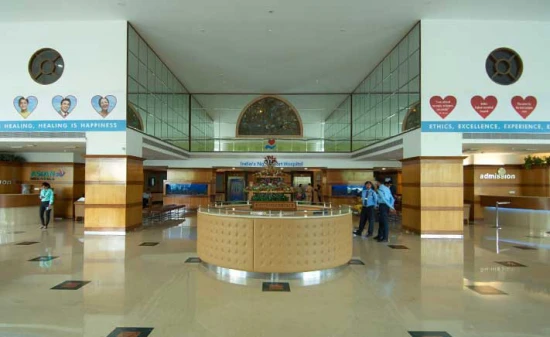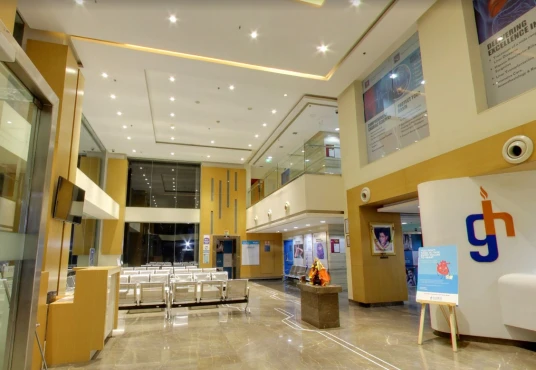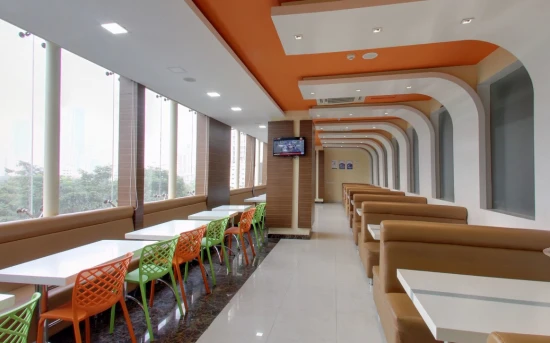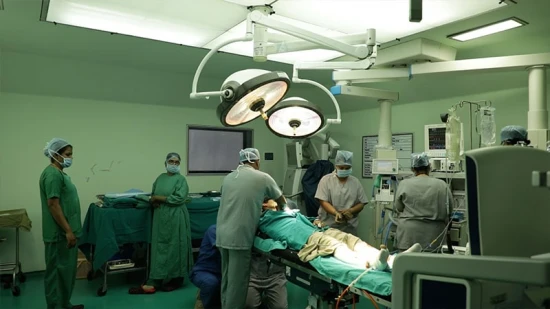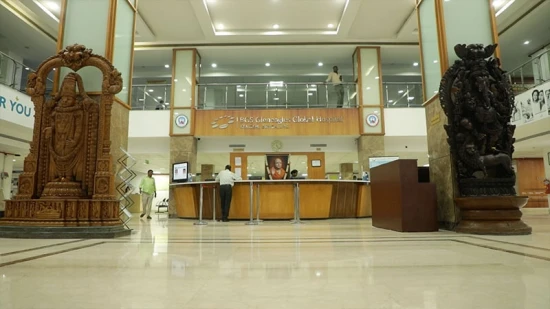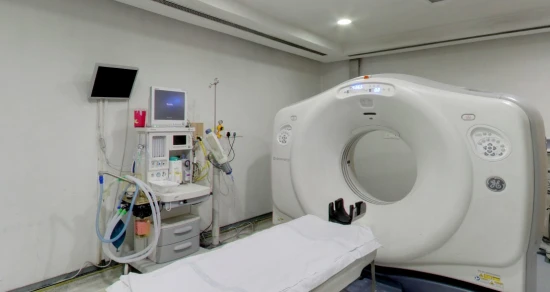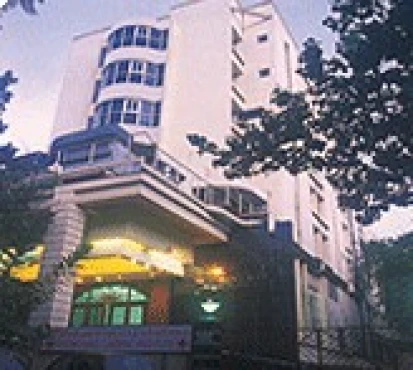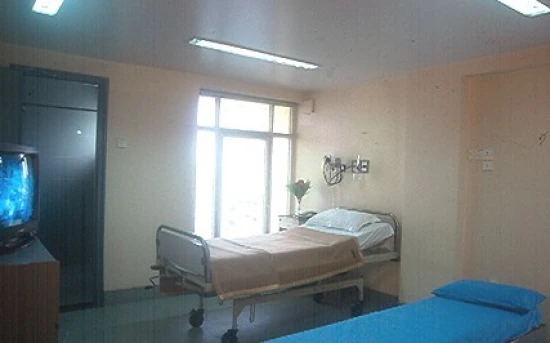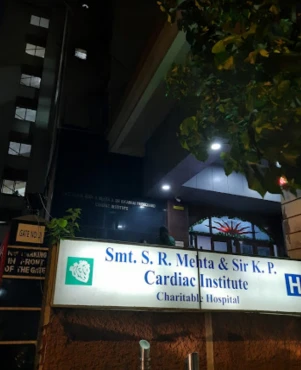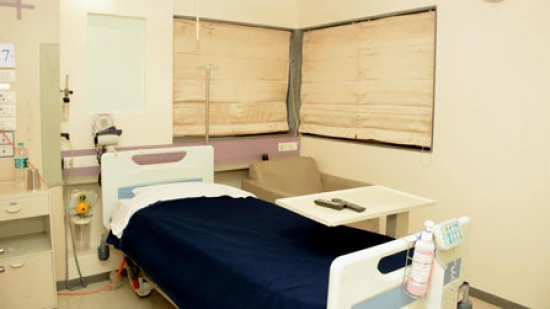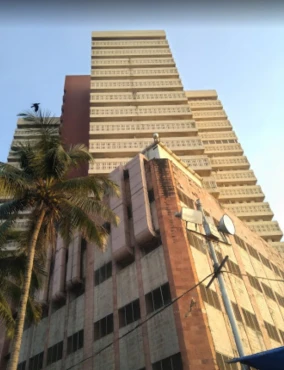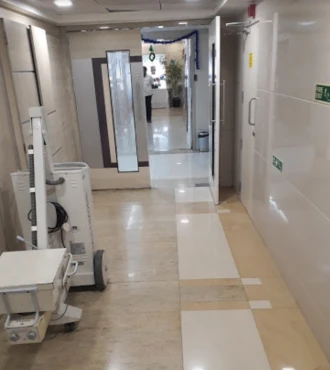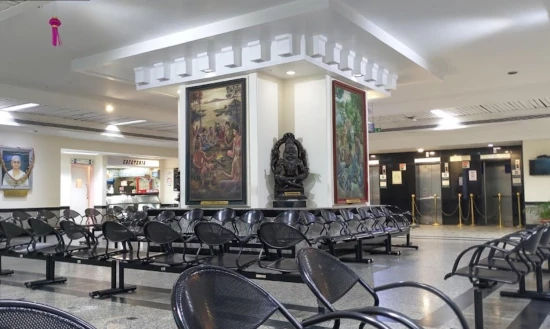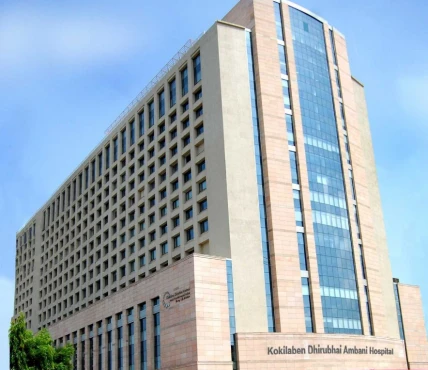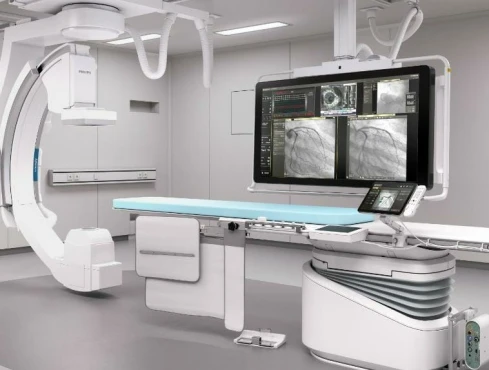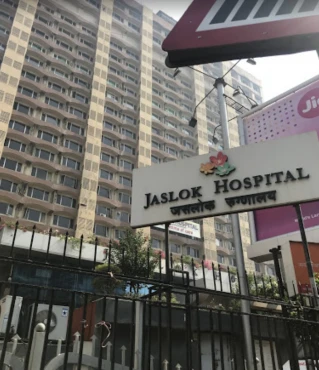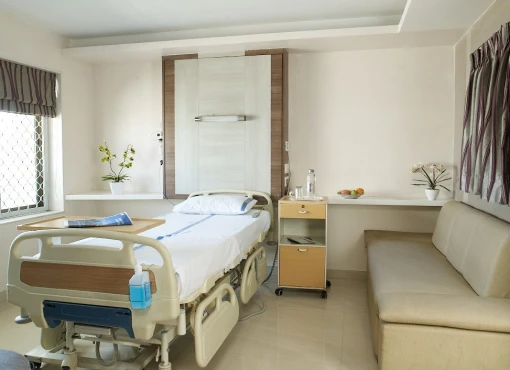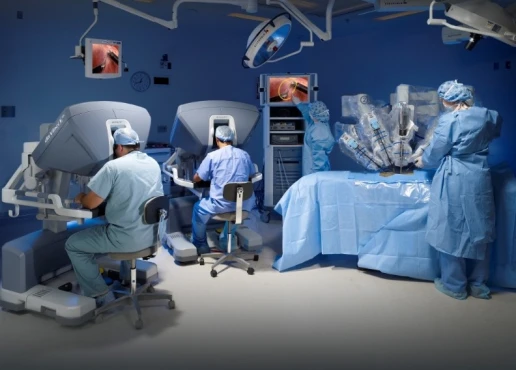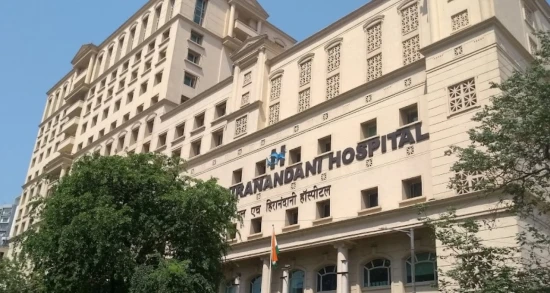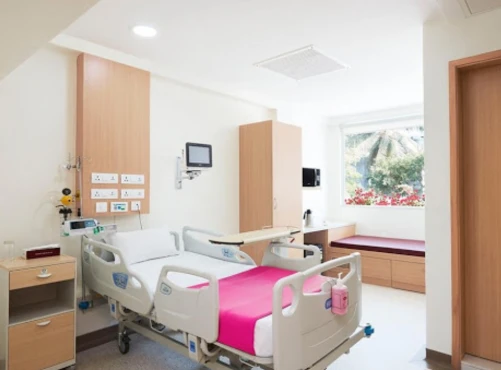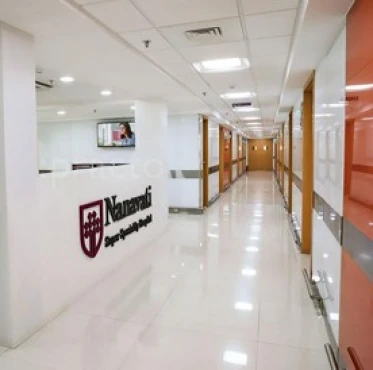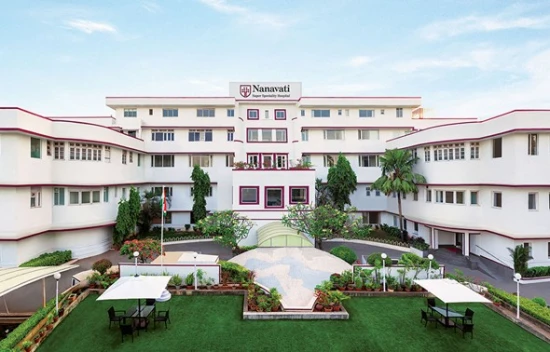Aortic valve stenosis treatment in 8 Cardiac surgery and Vascular surgery clinics in Mumbai
8 clinics specializing in Cardiac surgery and Vascular surgery providing treatment of
Aortic valve stenosis
Aortic valve stenosis is a condition where the aortic valve becomes narrowed, obstructing blood flow from the heart. It can result in symptoms such as chest pain, breathlessness, and may require valve replacement surgery.
Read more...
disease in Mumbai.
-
Minimally invasive valvular heart surgery with valve repair or replacement
by request
-
Mechanical valve replacement
≈ $17,300
-
Bio-prosthetic valve replacement
≈ $12,568
-
Double valve replacement
≈ $11,643
-
Transcatheter aortic valve replacement (TAVR)
≈ $27,322
-
Aortic valve replacement (AVR)
≈ $8,589
-
Balloon valvuloplasty
≈ $4,696
-
Percutaneous balloon aortic valvuloplasty (PBAV)
≈ $11,550
-
Aortography
≈ $1,244
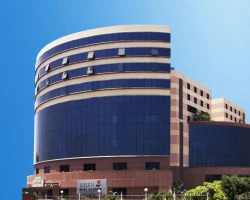
-
Minimally invasive valvular heart surgery with valve repair or replacement
by request
-
Mechanical valve replacement
≈ $17,300
-
Bio-prosthetic valve replacement
≈ $12,568
-
Double valve replacement
≈ $11,643
-
Transcatheter aortic valve replacement (TAVR)
≈ $27,322
-
Aortic valve replacement (AVR)
≈ $8,589
-
Dual chamber pacemaker insertion
≈ $4,421
-
Coronary artery bypass graft (CABG)
≈ $7,877
-
Heart valve replacement
≈ $11,813

-
Minimally invasive valvular heart surgery with valve repair or replacement
by request
-
Balloon valvuloplasty
≈ $4,696
-
Percutaneous balloon aortic valvuloplasty (PBAV)
≈ $11,550
-
Dual chamber pacemaker insertion
≈ $4,421
-
Coronary artery bypass graft (CABG)
≈ $7,877
-
Peripheral artery angioplasty and stent placement
≈ $4,085
-
Arteriovenous (AV) fistula surgery
≈ $1,499
-
Endovascular thrombectomy
≈ $3,842
-
Off-pump coronary artery bypass surgery
≈ $5,600
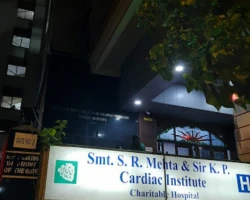
-
Mechanical valve replacement
≈ $17,300
-
Bio-prosthetic valve replacement
≈ $12,568
-
Double valve replacement
≈ $11,643
-
Transcatheter aortic valve replacement (TAVR)
≈ $27,322
-
Aortic valve replacement (AVR)
≈ $8,589
-
Balloon valvuloplasty
≈ $4,696
-
Percutaneous balloon aortic valvuloplasty (PBAV)
≈ $11,550
-
Dual chamber pacemaker insertion
≈ $4,421
-
Foam sclerotherapy (Unilateral)
≈ $487

-
Minimally invasive valvular heart surgery with valve repair or replacement
by request
-
Mechanical valve replacement
≈ $17,300
-
Bio-prosthetic valve replacement
≈ $12,568
-
Double valve replacement
≈ $11,643
-
Transcatheter aortic valve replacement (TAVR)
≈ $27,322
-
Aortic valve replacement (AVR)
≈ $8,589
-
Balloon valvuloplasty
≈ $4,696
-
Percutaneous balloon aortic valvuloplasty (PBAV)
≈ $11,550
-
Aortography
≈ $1,244
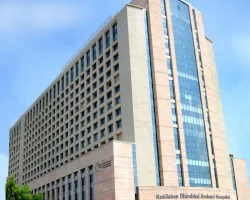
-
Minimally invasive valvular heart surgery with valve repair or replacement
by request
-
Mechanical valve replacement
≈ $17,300
-
Bio-prosthetic valve replacement
≈ $12,568
-
Double valve replacement
≈ $11,643
-
Transcatheter aortic valve replacement (TAVR)
≈ $27,322
-
Aortic valve replacement (AVR)
≈ $8,589
-
Balloon valvuloplasty
≈ $4,696
-
Percutaneous balloon aortic valvuloplasty (PBAV)
≈ $11,550
-
Aortography
≈ $1,244
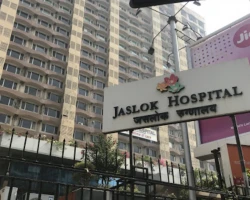
-
Minimally invasive valvular heart surgery with valve repair or replacement
by request
-
Mechanical valve replacement
≈ $17,300
-
Bio-prosthetic valve replacement
≈ $12,568
-
Double valve replacement
≈ $11,643
-
Transcatheter aortic valve replacement (TAVR)
≈ $27,322
-
Aortic valve replacement (AVR)
≈ $8,589
-
Balloon valvuloplasty
≈ $4,696
-
Percutaneous balloon aortic valvuloplasty (PBAV)
≈ $11,550
-
Aortography
≈ $1,244

-
Mechanical valve replacement
≈ $17,300
-
Bio-prosthetic valve replacement
≈ $12,568
-
Double valve replacement
from $11,080
-
Transcatheter aortic valve replacement (TAVR)
≈ $27,322
-
Aortic valve replacement (AVR)
from $8,750
-
Balloon valvuloplasty
from $3,500
-
Percutaneous balloon aortic valvuloplasty (PBAV)
≈ $11,550
-
Aortography
≈ $1,244
-
Ross operation
≈ $14,547
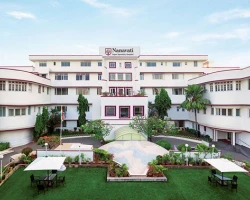
Clinics grouping by rating
Clinic with the highest rating of 4.8 — Global Hospitals, Mumbai in Mumbai, India and 1 more, clinic with the most reviews number of 17104 — Global Hospitals, Mumbai in Mumbai, India.
With rating from 3.0 to 3.9 — 1 clinic.
With rating 4.0 and over — 7 clinics .
Countries with the highest number of clinics treating the diseases:
Aortic valve stenosis:
Related procedures:
Quick navigation
- Aortoiliac allografting ≈ $13,008
- Arteriovenous malformations (AVM) embolization $5,183 - $5,183
- Balloon angioplasty and stenting of aorta coarctation $3,715 - $3,715
- Bilateral varicose veins surgery $1,721 - $1,721
- Cardiac catheterization $1,882 - $1,882
- Carotid and intracerebral thrombolysis ≈ $11,741
- Carotid angioplasty and stenting ≈ $5,704
- Carotid endarterectomy (CEA) ≈ $4,575
- Catheter embolization $1,209 - $1,209
- Coarctectomy in children $8,478 - $8,478
- Coil embolization of intracardiac shunts and fistulas $4,228 - $4,228
- Embolization of peripheral arteries aneurysm $9,050 - $9,050
- Endoscopic vein harvesting (EVH) for coronary artery bypass graft surgery (CABG) ≈ $241
- Endovascular thrombectomy ≈ $3,842
- Extracorporeal membrane oxygenation (ECMO) by request
- Femoral-popliteal bypass graft surgery ≈ $6,380
- Heart tumor surgery $11,331 - $11,331
- Internal or external carotid artery embolization by request
- Intraaortic balloon pump (IABP) procedure $1,984 - $1,984
- Left atrial appendage occlusion $7,714 - $7,714
- Acute limb ischemia
- Aortic valve insufficiency
- Aortic valve stenosis
- Aortoiliac occlusive disease (AIOD)
- Arterial embolism
- Arteriovenous malformations (AVMs)
- Atrial fibrillation (AFib)
- Benign prostatic hyperplasia (BPH)
- Benign spinal tumor
- Brachiocephalic occlusive disease
- Carotid artery disease
- Celiac artery stenosis
- Chronic kidney disease
- Chronic limb ischemia
- Chronic thromboembolic pulmonary hypertension
- Coarctation of the aorta (CoA)
- Deep vein thrombosis (DVT)
- External iliac artery dissection
- Foreign bodies in the heart
- Heart failure
